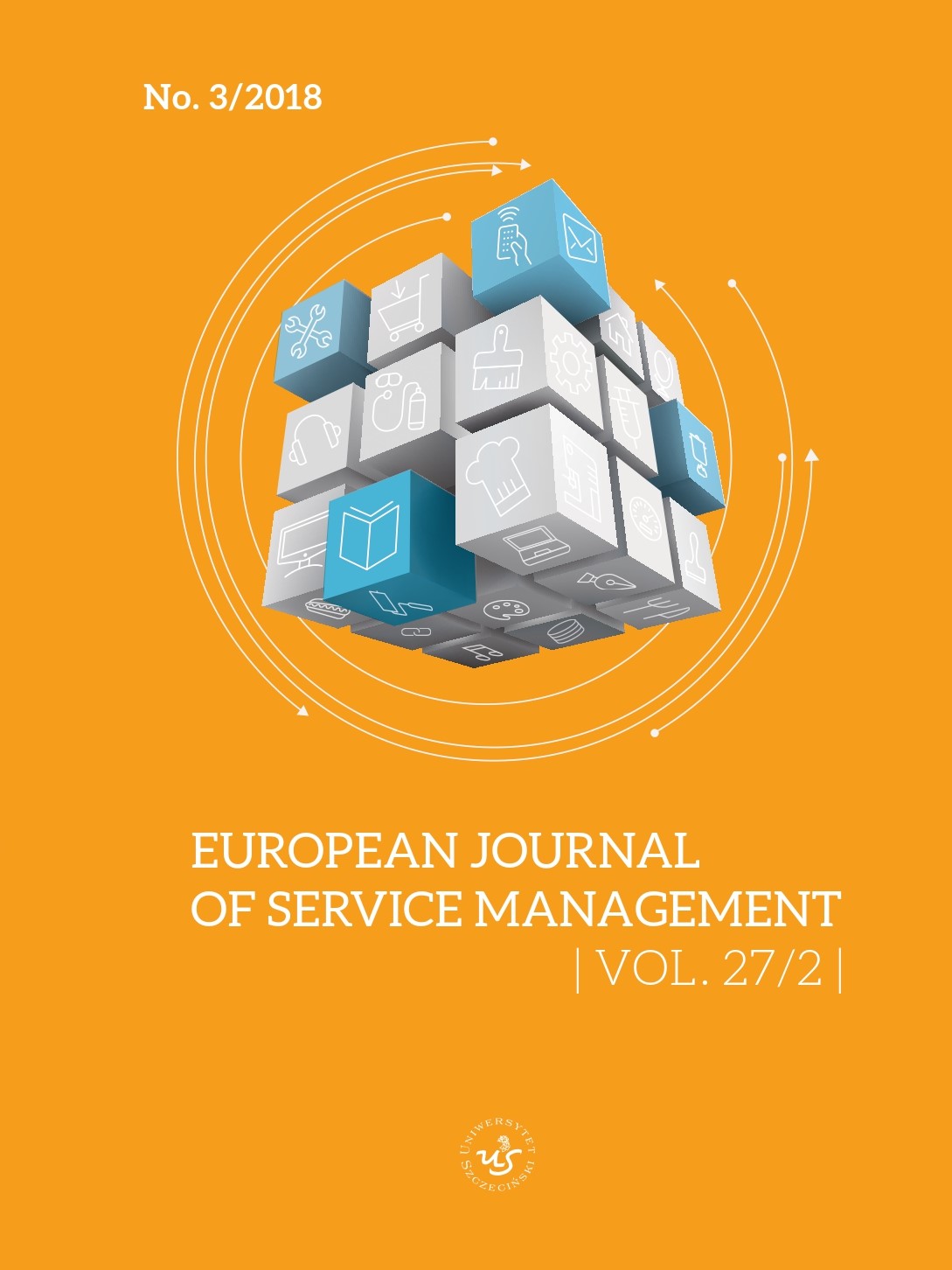Changes to the business breakdown structure of the railway sector in the European Union in the period 1991–2016
Changes to the business breakdown structure of the railway sector in the European Union in the period 1991–2016
Author(s): Juliusz EngelhardtSubject(s): Economy, Business Economy / Management
Published by: Wydawnictwo Naukowe Uniwersytetu Szczecińskiego
Keywords: European Union; railway sector; railway monopolies; institutional regulators; the railway market; managers of railway infrastructure; railway undertakings
Summary/Abstract: The article discusses the main changes concerning business breakdown structure of the European Union railway sector in the period 1991–2016. Until the beginning of the 1990s, railway transport in all member states of today’s European Union had been carried out by unified, integrated public-sector companies, whose actual monopolistic position was legally protected. The year 1991 constitutes the demarcation line that fundamentally outlines directions of changes in the management of railway undertakings laid down in Directive 91/440. During the first stage of implementation of the recommended changes, which had been taken place until the end of the 1990s, only such member states as Sweden, Great Britain and Germany undertook extensive reforms of their own railway sectors, while the other countries were rather hesitant to implement proposed changes. The other Member States, which implemented the recommended reforms of their railway sectors, would mainly choose the holding model. The institutional-breakdown structure of the railway sector, which completely differed from the one from 1991, had been implemented by the end of 2016. Moreover, independent, institutional regulators of the railway market had been selected in all member states. Railway infrastructure managers with specific status, operating on the basis of a dedicated-group of railway legislation, took over the management of publicly available railway infrastructure. On the other hand, the rail freight and passenger services were provided by numerous railway undertakings, both those created from the “old” railway monopolies, and those from the private sector. In essence, the European Union railway sector in the years 1991–2016 underwent a transition from a monopoly to a market.
Journal: European Journal of Service Management
- Issue Year: 27/2018
- Issue No: 3/2
- Page Range: 157-166
- Page Count: 10
- Language: English

